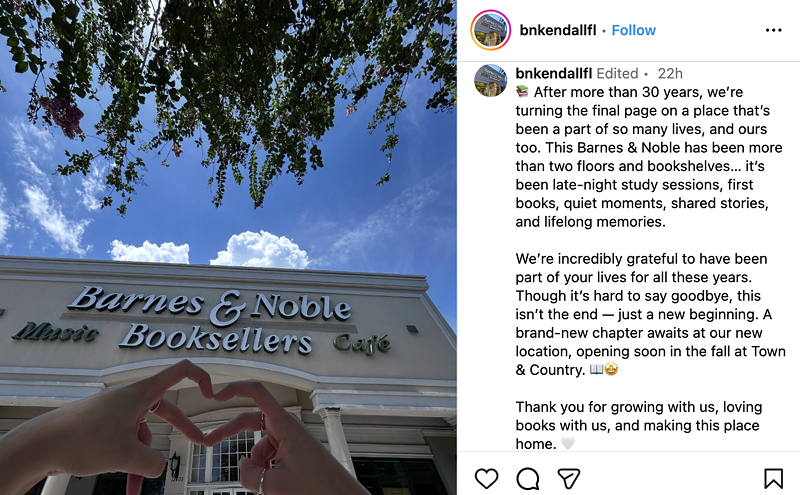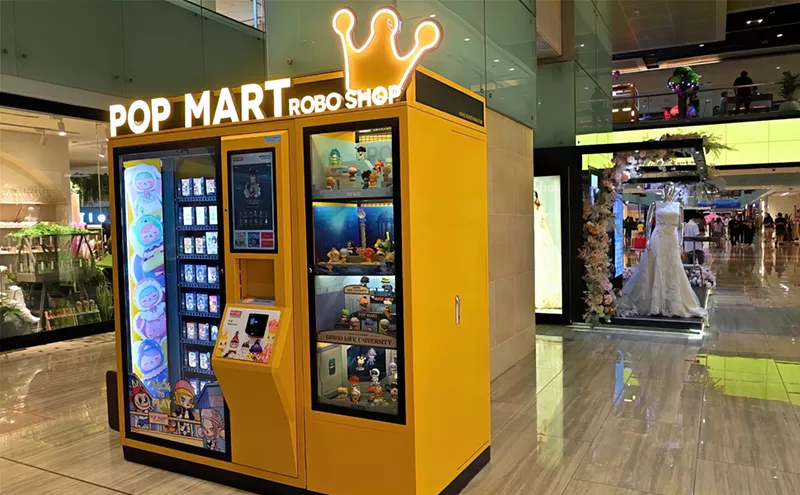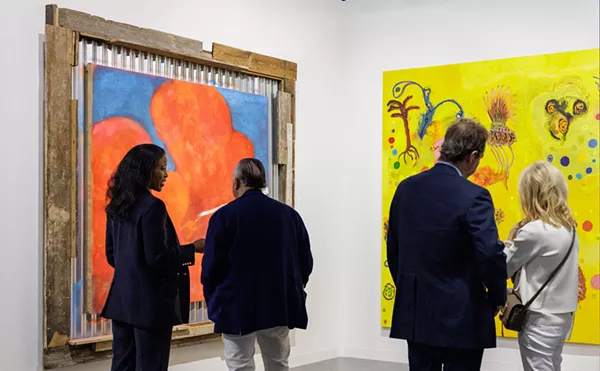Those facts, and the little detail that bamboo can grow up to 100 feet high, are probably important to know; they can be learned from bamboo guru Daniel Holmes during a Bamboo Workshop this Sunday at Fruit and Spice Park. The 59-year-old park, which stretches over 32 acres, boasts more than 500 varieties of fruits, spices, nuts, herbs, and shrubs. It also lays claim to the largest public collection of tropical bamboo in the United States, reaching 70 varieties. Daniel Holmes has been growing tropical bamboo at his nursery/home in the Redland since the late 1980s and carries more than 50 types for purchase.
Once you've learned to grow and cultivate bamboo, you can start making use of the little buggers. After a few years, you can harvest the stuff and get to work on crafting baskets, building fences, and eating it. Surely you've had bamboo shoots before in Chinese food? Surely those were from a can. With fresh shoots, count on a superior stir fry. As Miami's own master botanist David Fairchild is reputed to have said: "The best way to control bamboo is to eat it."












